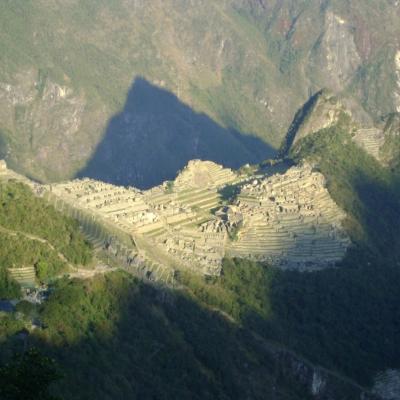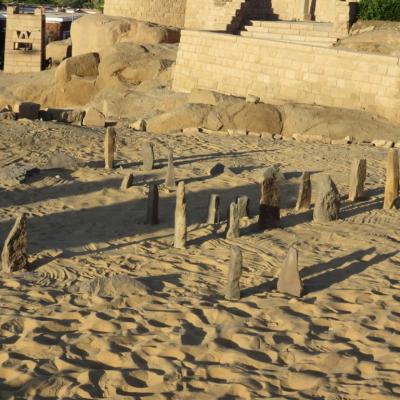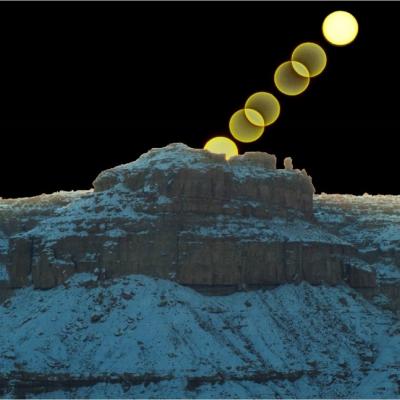The talk will summarize the archaeoastronomy of three sites of the ancient world: Nabta Playa in southern Egypt, the earliest known example of megalithic astronomy in the world, Chaco Canyon and its Great House communities in Colorado and New Mexico, and Machu Picchu and the Sacred Valley of Peru. Nabta Playa is in the western desert of Egypt, west of Abu Simbu and was occupied from about 10,000 year BEC to perhaps 2500 BEC when the desert became hyper-arid. Beginning around 5000 BCE, a ceremonial center was built on the western edge of an internally drained lake, providing the nomadic pastoralists water and forage for their herds. They constructed a stone circle, which marks north-south and June solstice sunrise/December solstice sunset. Their most fascinating activity was to place series of megaliths in the sediments of the lake, which are oriented to Arcturus, Sirius, and α Centauri.
Chaco Canyon in New Mexico appears to have been a major pilgrimage center during the period 1000-1100 CE. The first major astronomical event was the December solstice sun rising above Fajada Butte, as seen from a nearby Great Kiva. Other astronomy involves possible petroglyphs of the 1054 supernova, the 1066 apparition of Halley’s comet, and a total eclipse of 1097. Great Houses were located to provide views of the sun and moon rising above dramatic features on the horizon, such as the moon at major lunar standstill at Chimney Rock.
Machu Picchu is the crown jewel of the Inca empire, encapsulating much of the power and mystery of the astronomy of the empire. The Inca emperor was viewed as the descendent of the sun, and massive ceremonies were established at Cusco and elsewhere to confirm and enhance his status. Evidence of those celebrations are abundant in the archaeological record..

Machu Picchu at June Solstice

The Calendar Circle of Nabta Playa at December solstice sunset

December solstice sun rising above Fajada Butte in Chaco Canyon.
Bio:

